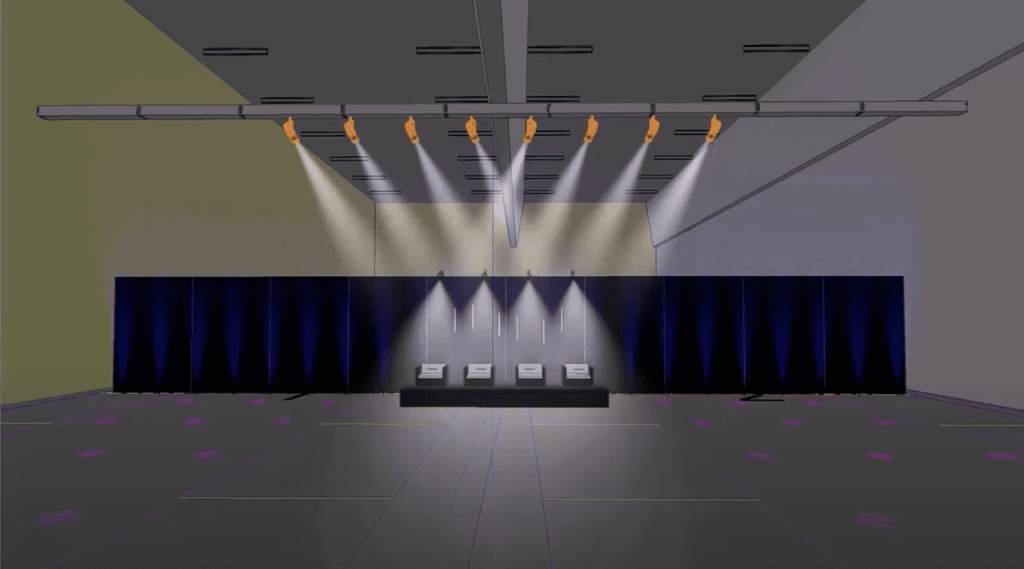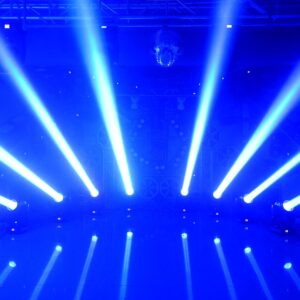The Importance of Stage Lighting Design
Stage lighting is an integral part of theatrical arts. It does more than just provide necessary illumination; it creates ambiance, enhances visual impact, and directs audience attention. An excellent lighting design can bring stories to life and enrich emotions on stage.
Preparation Before Design
Before embarking on the design, it’s essential to deeply understand the script and theme. Close communication with the director, set designers, and costume designers is crucial to ensure that the lighting design complements the overall stage effect. Knowing the specific conditions of the venue, like stage dimensions, available lighting equipment, and control systems, is also indispensable.
Basic Steps of Lighting Design
1. Determining Lighting Needs: Analyze different scenes of the play to determine the required lighting type and intensity for each scene.
2. Choosing Types of Lights: Select appropriate lighting fixtures, such as spotlights, follow spots, and wash lights, based on the desired effects.
3. Creating a Lighting Plan: Draw a lighting layout to ensure the position and angle of each light maximize the stage effect.
4. Lighting Rehearsals: Conduct lighting rehearsals on the actual stage, adjusting colors, intensity, and distribution to achieve the desired effect.
Adjustment and Optimization Strategies
1. Scene Transitions: Lighting should smoothly transition to match scene changes.
2. Use of Color: Different color combinations can create varied atmospheres and emotional expressions.
3. Rhythm and Intensity: The change in rhythm and intensity of lighting should coordinate with stage action and music.
4. Real-time Adjustments: Make real-time adjustments during dress rehearsals and actual performances to adapt to unforeseen changes.
Safety and Maintenance
Ensure all lighting fixtures are securely installed and wired correctly. Regularly check and maintain lights and control equipment to ensure the safety and reliability of stage lighting.





